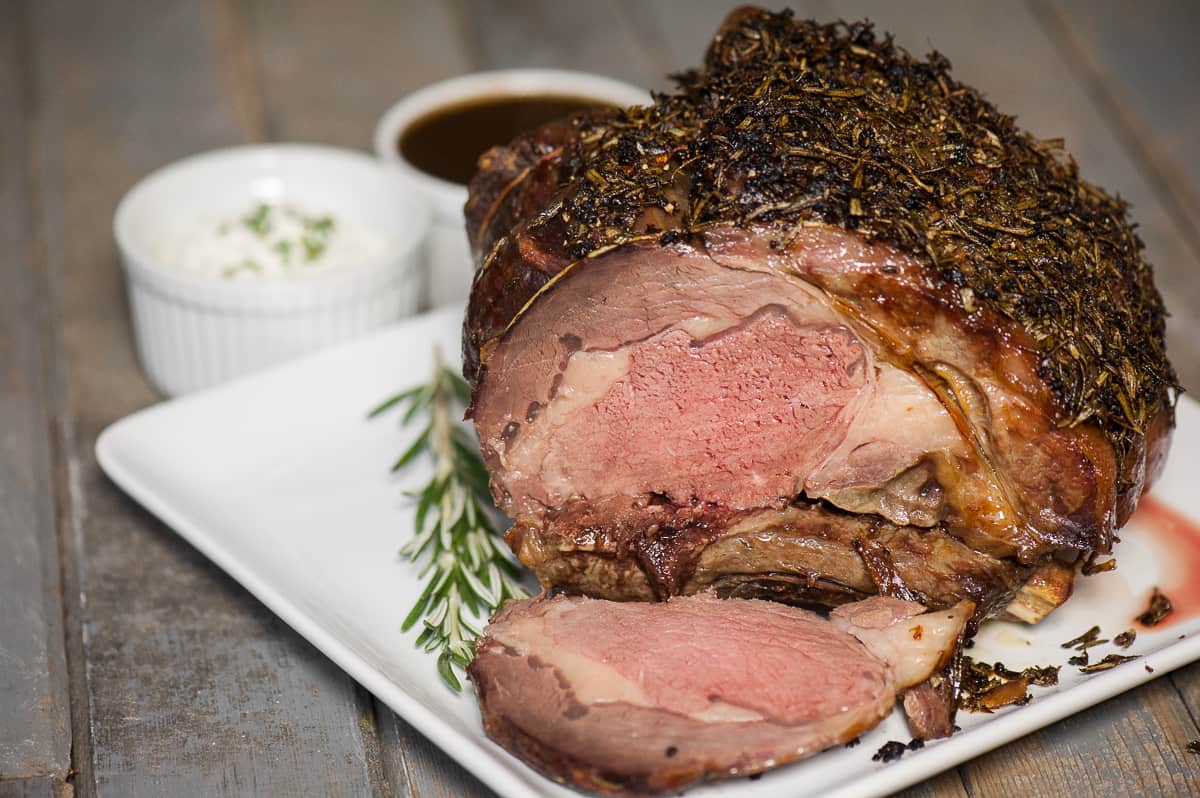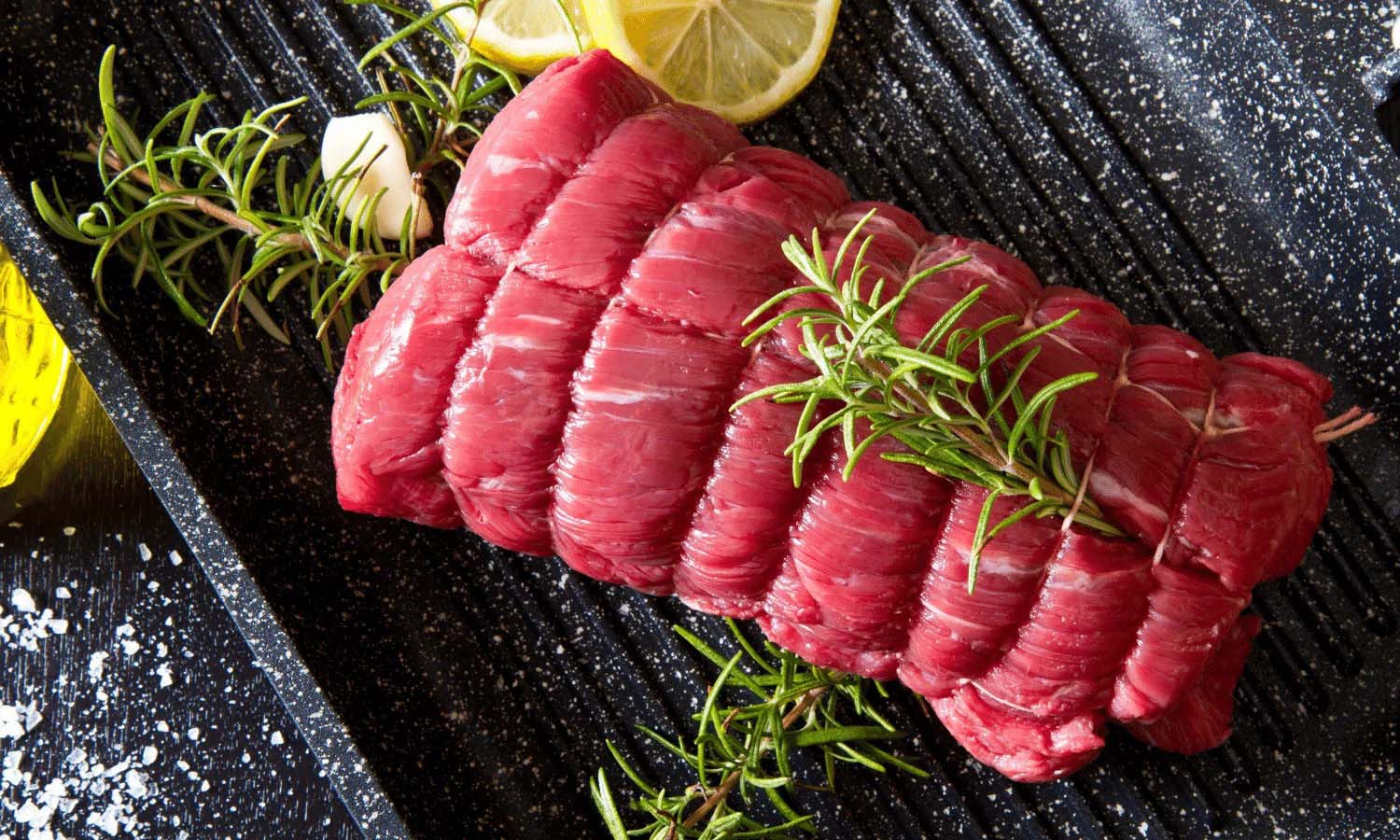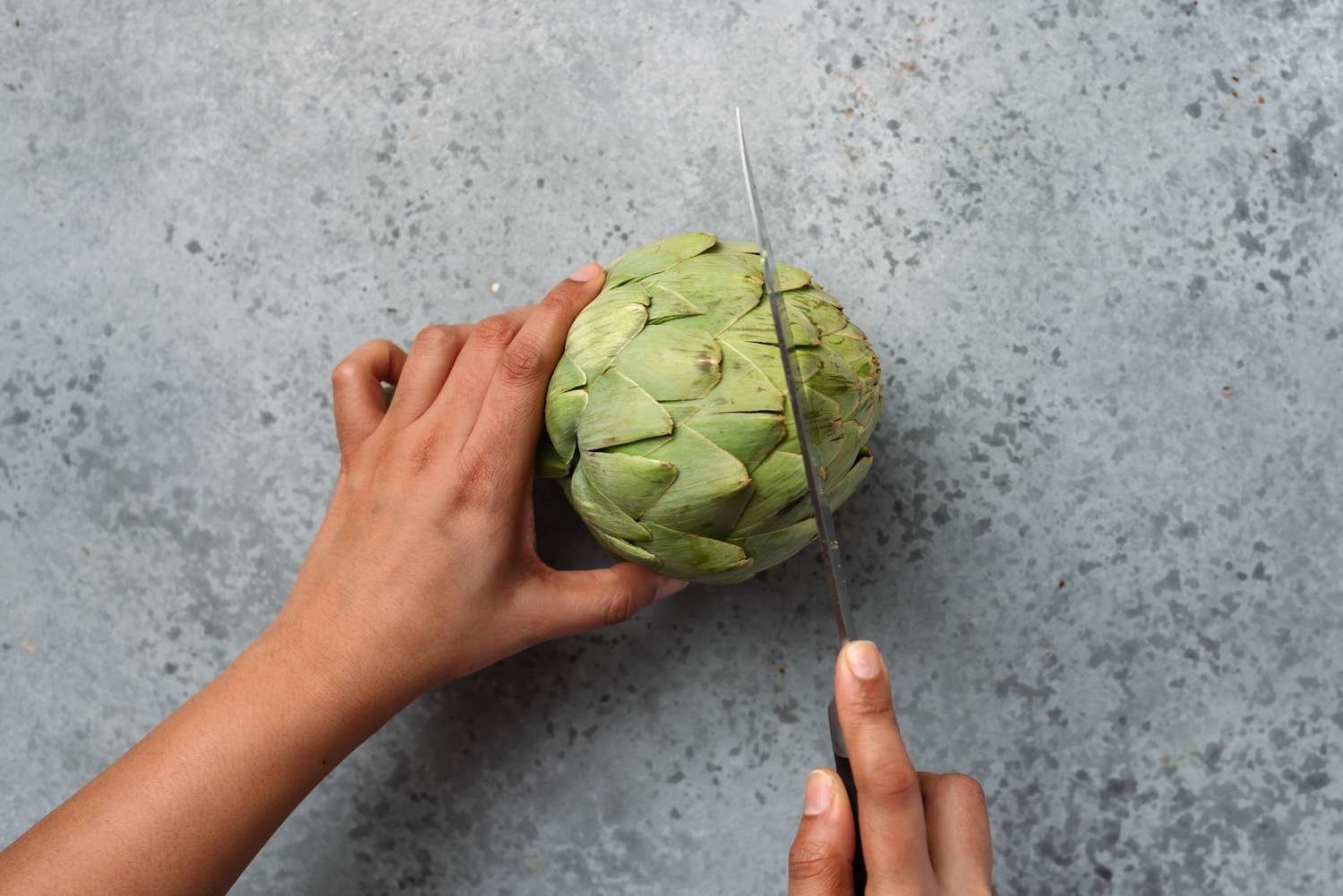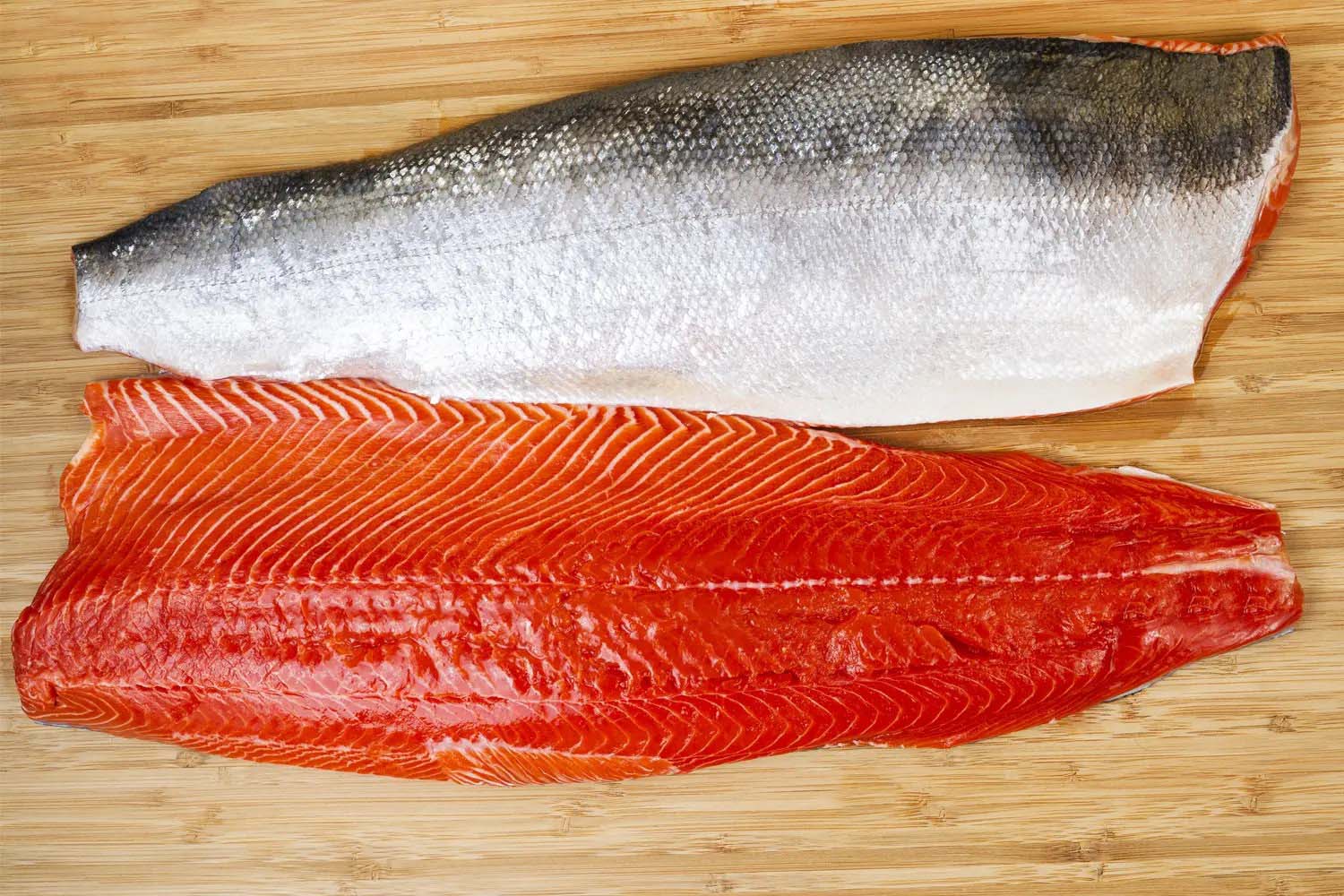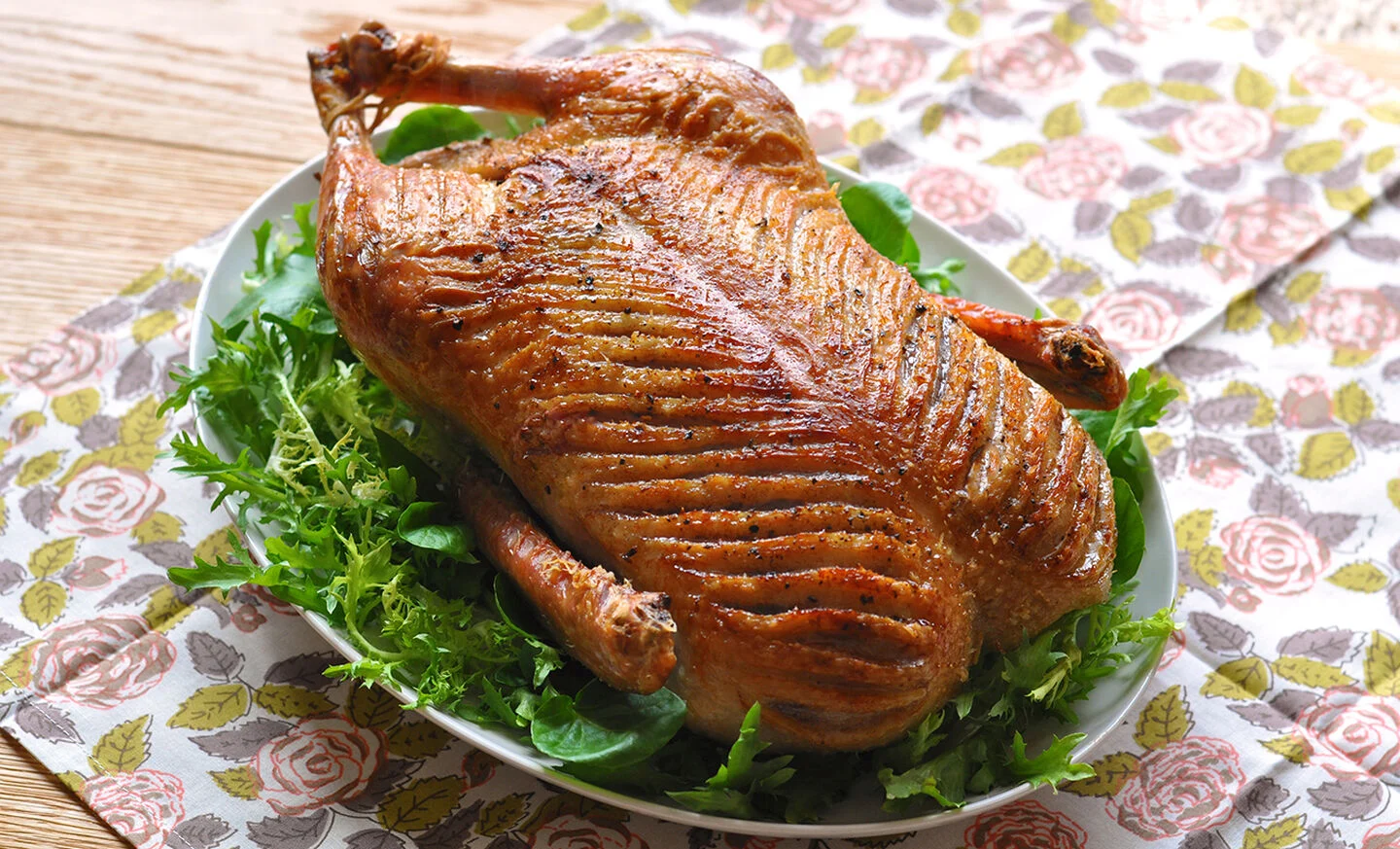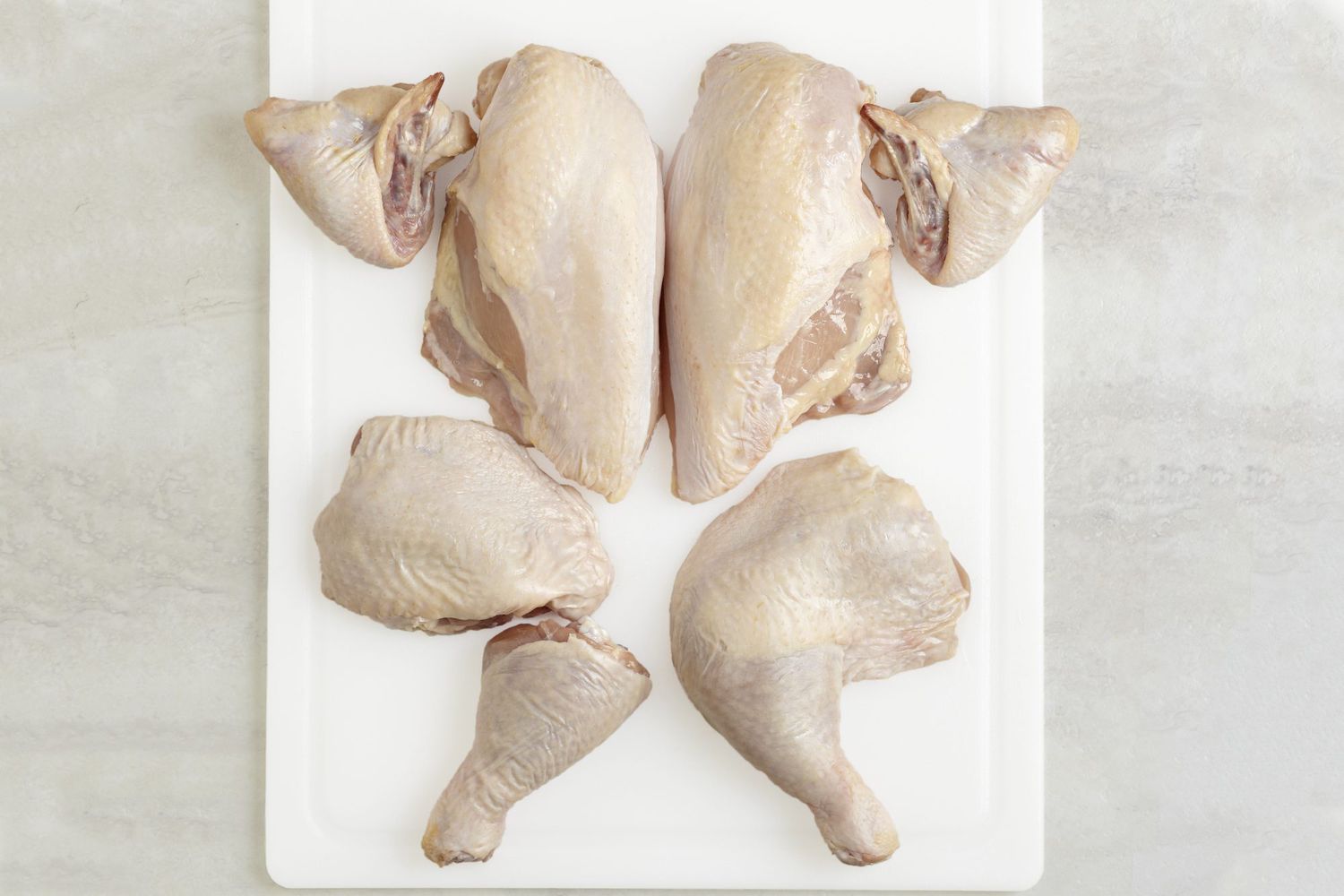How to Serve Raw Oysters at Home
Are you a seafood lover who wants to recreate the joy of enjoying fresh raw oysters at home? Look no further, as we have the perfect guide for you! Serving raw oysters may seem like a daunting task, but with a little know-how and some essential tips, you can impress your guests and indulge in this delicacy without leaving the comfort of your own kitchen.
1. Choosing the Perfect Oysters
The key to serving raw oysters is to start with high-quality, fresh oysters. When selecting oysters, look for those that are tightly closed or have a slightly open shell. Avoid any that are cracked, broken, or have a strong odor. Your best bet is to purchase oysters from a reputable seafood market or source them directly from a trusted oyster farm.
2. Properly Storing and Cleaning Oysters
Oysters are highly perishable, so it’s important to store them correctly before serving. Keep them refrigerated at a temperature between 35°F (1.5°C) and 45°F (7°C) and place them in a shallow tray or bowl, ensuring they remain flat. To clean the oysters, scrub the shells under cold running water to remove any dirt or debris. It’s essential to handle oysters with care to maintain their delicate flavor.
3. Shucking Oysters Like a Pro
Shucking oysters can be intimidating for beginners, but it’s a skill worth mastering. You’ll need an oyster shucking knife, a sturdy glove, and a towel for grip. Hold the oyster firmly, flat side up, and insert the tip of the knife into the hinge at the narrow end of the shell. Apply gentle pressure and twist the knife to pop the shell open. Slide the knife along the inside of the top shell to detach the oyster, then clean any debris before placing it back in the deep half of the shell.
4. Presenting and Serving Raw Oysters
Now that you have shucked your oysters, it’s time to present them beautifully. Here are some suggestions to elevate the presentation:
- Arrange the oysters on a bed of crushed ice to keep them chilled.
- Garnish them with a squeeze of fresh lemon juice to enhance their natural flavors.
- Add a dash of your favorite hot sauce or a mignonette sauce made with shallots, vinegar, and pepper for a zesty kick.
- Pair your oysters with a glass of champagne or a crisp white wine for a perfect match.
5. Enjoying Raw Oysters Safely
Serving raw oysters comes with some safety considerations. It’s crucial to ensure the oysters are fresh, properly handled, and stored at the correct temperature. Consuming raw oysters can pose a risk of foodborne illnesses, especially for people with compromised immune systems. If you have any concerns or health issues, consider seeking medical advice before indulging in raw oysters.
Celebrate Seafood Splendor at Home
Now that you’re armed with the knowledge of serving raw oysters at home, embark on a culinary adventure and enjoy the taste of the sea. Impress your friends and family with your newfound skills and create a memorable dining experience. Remember, practice makes perfect, so don’t be discouraged if your first attempt at shucking oysters isn’t as smooth as you’d hoped. With time, you’ll become a pro at serving these delectable treasures.
So, what are you waiting for? Set the table, gather your ingredients, and get ready to savor the briny goodness of raw oysters in the comfort of your own home!
Was this page helpful?
Read Next: How To Debone A Chicken Thigh
